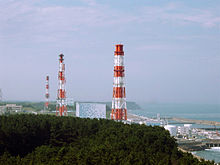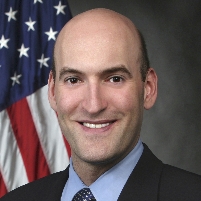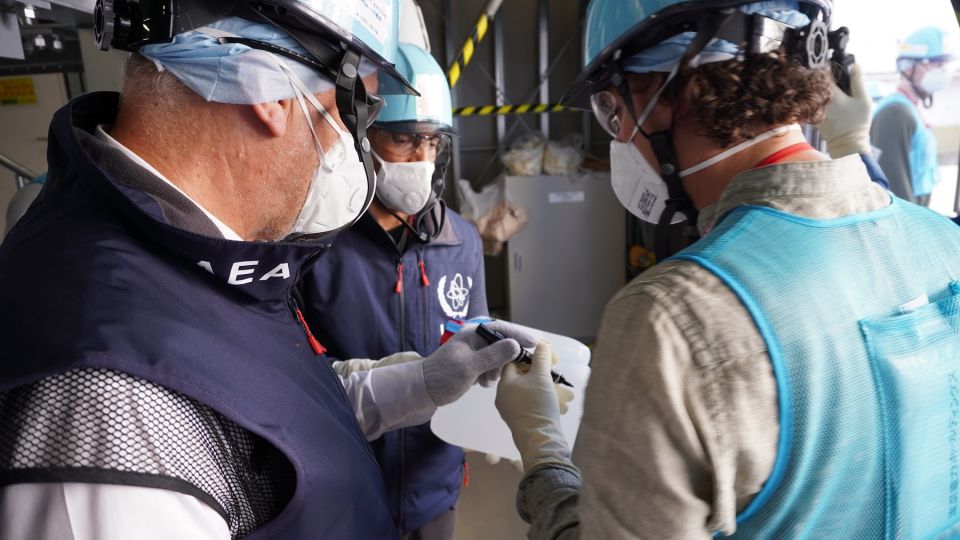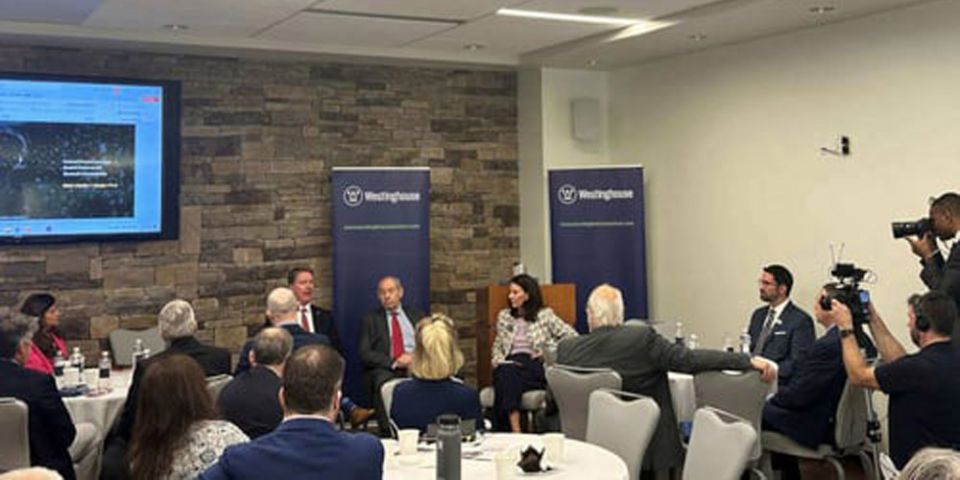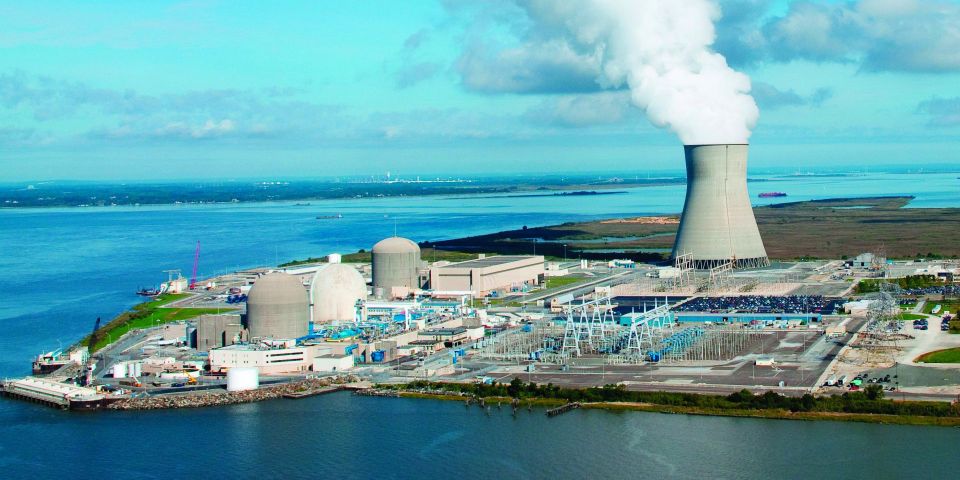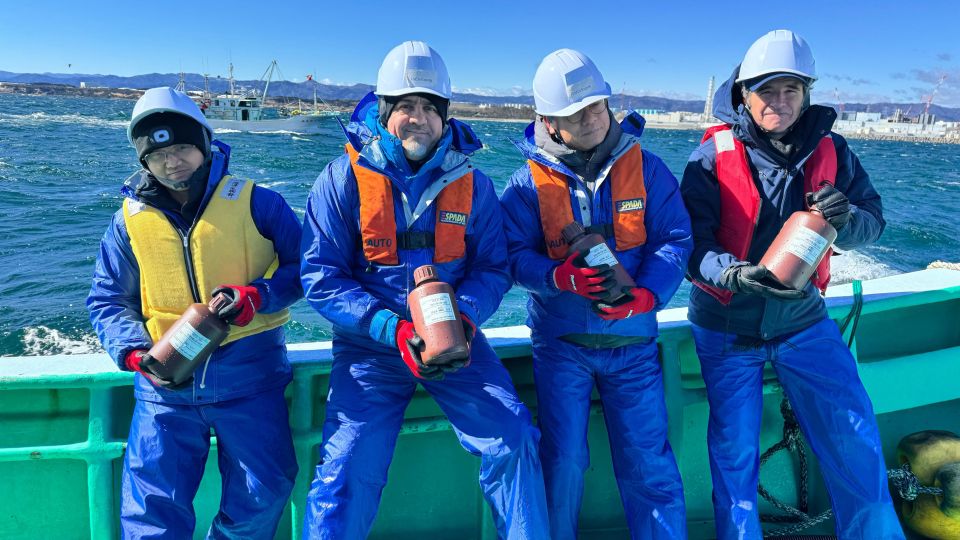Samples from NRC Webcasts (First of a Series)
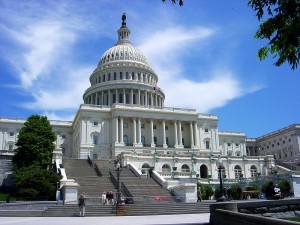 For a while in the early 1990s, my work at Nuclear News magazine included coverage of Washington, D.C. Eight or ten times a year, I'd spend two or three days in our nation's capital, attending congressional hearings, interviewing bigwigs, pestering agencies to give me copies of arcane documents, and frantically taking notes in public meetings at the headquarters of the Nuclear Regulatory Commission.
For a while in the early 1990s, my work at Nuclear News magazine included coverage of Washington, D.C. Eight or ten times a year, I'd spend two or three days in our nation's capital, attending congressional hearings, interviewing bigwigs, pestering agencies to give me copies of arcane documents, and frantically taking notes in public meetings at the headquarters of the Nuclear Regulatory Commission.
Two decades later, much of that scurrying around is no longer necessary, in large part because many NRC meetings can be accessed by phone or internet. This is fortunate, because in recent months the commissioners and staffers have held several public sessions of substantial importance, and this reporter has been able to watch them from his office as a normal workday activity (reducing both the cost to the American Nuclear Society and the travel-related aggravation of the reporter).
Many of the high-profile meetings this year have had to do with the NRC's effort to learn from the Fukushima Daiichi accident in Japan, or with the first few new reactor projects to reach the brink of receiving combined construction and operating licenses (COL). Nuclear News does not have room, nor do its readers likely have time, for all of what goes on at all of these events.
Here at the ANS Nuclear Cafe, however, it may be possible from time to time to mention isolated moments that don't make it through to detailed coverage in the magazine. Because Fukushima Daiichi and new reactors will remain important issues for quite a while, it seems safe to conclude that this sort of webcast sampling will become a series here on the blog. And so it begins:
• In an August 30 commission meeting on the development of inspections, tests, analyses, and acceptance criteria (ITAAC) for new power reactors, Chairman Gregory Jaczko stated early on that he had previously not looked closely at any ITAACs, and that he found the first one that he'd read carefully to be "surprisingly vague," and that he didn't think this "bodes well for our ability to work through these issues."
Jaczko returned to the point often during the meeting. The ITAAC concerned the waterproof membranes and mudmats for the nuclear island foundations at Southern Nuclear Operating Company's Vogtle-3 and -4; Jaczko asked whether the ITAAC's statement-that the mudmat's coefficient of friction will be tested-describes adequately what will be done by the applicant, how it would be examined by the NRC, and what would have to happen next if the goal is not met.
The chairman's statements contrasted with the presentation of Laura Dudes, director of the division of construction inspection and operational programs in the agency's Office of New Reactors, who said in her prepared remarks that ITAACs are a "good news story," but later conceded (as did other speakers from the staff) that not all ITAACs thus far have been written as clearly and as objectively as perhaps they should have been; the staffers said that they'd work on this some more. Dudes did affirm, however, that every aspect of the work covered by an ITAAC would be inspected against the plant's licensing basis, so there would not be an issue of the NRC not fulfilling its mission or allowing any unsafe practices to exist.
• Both the NRC and the Nuclear Energy Institute have recently referred to being guided, in their efforts to learn lessons from Fukushima Daiichi and to respond accordingly, by "living documents." On the charter proposed for the NRC's Long-Term Task Force on the accident in Japan, the staff told the commissioners in an August 26 paper that the charter would "live" in the sense that the staff would change it as needed, if information gleaned from the recovery of Fukushima Daiichi indicated that different lines of inquiry should be pursued. During a September 21 meeting with NRC staffers, industry representatives said that their own guidance document, titled The Way Forward, is intended to "live" as well, and for essentially the same reason: to keep open all options until after the damaged reactors have reached cold shutdown and more detailed examinations can be carried out by Japanese experts.
• On September 14, the staff briefed the commissioners on the latter's request for input on which of the recommendations from the Near-Term Task Force (NTTF) report on the Fukushima Daiichi accident should be acted upon without delay. One of the proposed actions is for information requests to be sent to current power reactor licensees to develop and carry out seismic and flooding walkdowns at their reactors. Commissioner George Apostolakis looked at the request for licensees to develop acceptance criteria for the process, and asked, "Don't we know how to do walkdowns?" Martin Virgilio, NRC deputy executive director for reactor and preparedness programs, replied, "I would have thought so until I had a discussion with Jack Grobe," a member of the NTTF. Because the walkdowns will be related to response to events beyond a reactor's design basis, acceptance criteria must be developed and agreed upon by the licensee and the NRC, before these walkdowns can be carried out.
________
E. Michael Blake is a senior editor of the American Nuclear Society's Nuclear News magazine.

